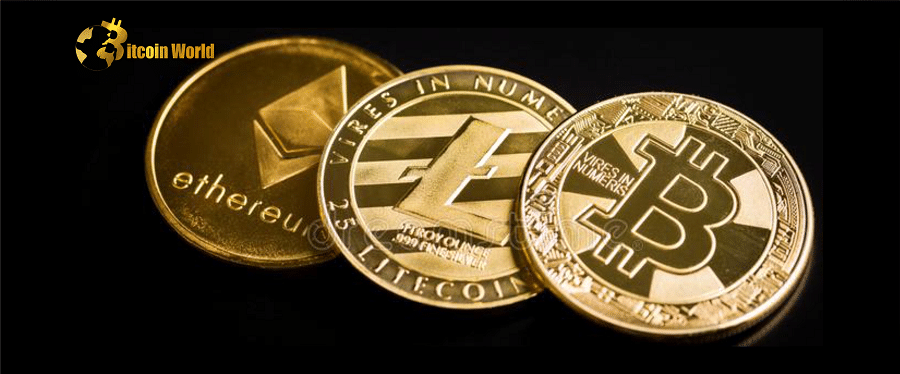Bitcoin is aiming for $17,000 in support, while LTC is following a pre-halving narrative, and ETH is slightly bullish in its BTC pair.
The price of cryptocurrency has been volatile in recent months, but some green shoots are beginning to emerge.
While Bitcoin’s price remains in a downtrend, it has recently found support at $17,000, and ping-pong price action in the $16,700-$17,300 range appears to be allowing traders to pursue some interesting setups in a few altcoins.
Let’s take a look at some enticing patterns that have appeared in the weekly time frame.
As a fork of Bitcoin, Litecoin typically becomes bullish several months before its reward halves, as it did in 2015 and 2019.
The next reward halving for Litecoin is in 237 days, and it appears that the altcoin is experiencing some pre-halving hype. Since November 6, LTC has gained 58.6%, and it is beginning to replicate the triple price action seen in previous halvings.
On the daily time frame, the Guppy Multiple Moving Averages (GMMA) indicators has also turned green, which is unusual.
LTC maintains a trend of higher lows, consolidation, and bull flag breakouts, which are then followed by further consolidation, according to technical analysis.
If LTC maintains its current market structure and continues to ride along the 20-day moving average, its price could rise to the $100-$125 range before halving.
The weekly timeframe for ETH/BTC reveals some noteworthy developments. Depending on how one looks at it, an inverse head and shoulders pattern could form.
The GMMA indicator in the ETH/BTC weekly pair, like Litecoin, has been bright green since August 8, which is nearly four months.
The price movement of Ether against the US dollar and Bitcoin raises eyebrows, especially given the state of the broader market.
Despite this bullish outlook, ETH’s price could be influenced by red flags such as Ethereum blockchain censorship, US Office of Foreign Assets Control compliance, ETH’s performance in its supposedly deflationary post-Merge environment, and concerns about the possibility of the US Securities and Exchange Commission and Commodity Futures Trading Commission changing their minds about Ether being a commodity.
Looking at on-chain data adds some color. According to Glassnode data, Ethereum addresses with balances greater than 32 ETH, 1,000 ETH, and 10,000 ETH have been on the rise since November 7.
While the rebound is minor, growth metrics such as new Ethereum addresses, daily active users, increases in a variety of balance cohorts, and the percentage of holders in profit should be monitored because they could indicate a shift in trend and sentiment.
By comparing these metrics to trading volumes, price, and other technical analysis indicators, investors can gain a more comprehensive understanding of whether opening a position in ETH is a good idea.
The MVRV Z-Score at ETH is also flashing some signals. The MVRV Z-Score, like Bitcoin on-chain analysis, compares the asset’s current market capitalization to the price at which investors purchased it.
When the market cap is significantly higher than the realized cap, the metric can indicate whether an asset is overvalued or undervalued relative to its fair value. It also tends to signal market tops when the market cap is significantly higher than the realized cap.
The three-year MVRV Z-Score chart below shows that the Z-Score has returned to the green zone.














